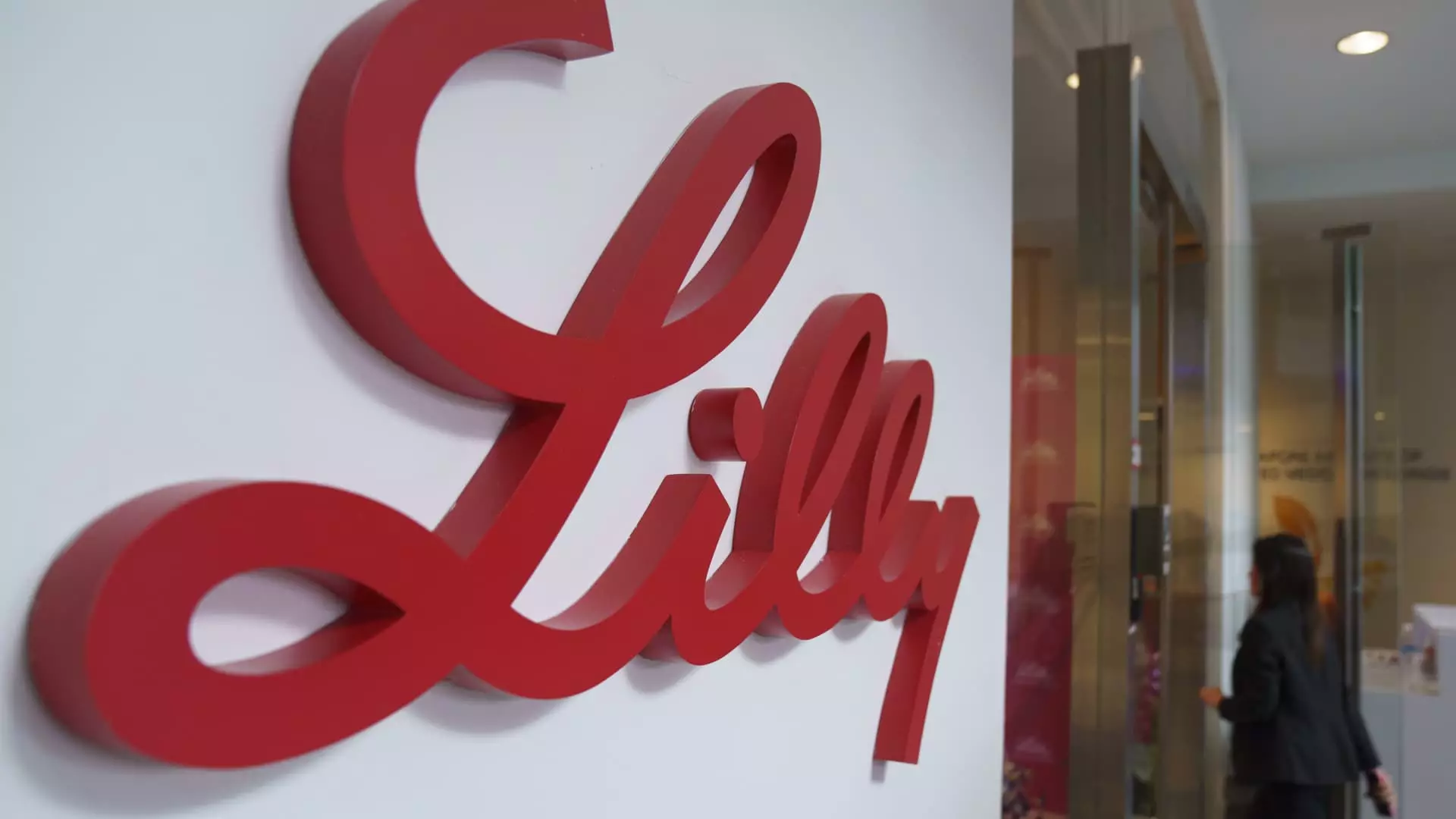Eli Lilly’s recent decision to adjust its revenue guidance signals a notable reaction to evolving market conditions. On Tuesday, the pharmaceutical giant announced that its anticipated demand for its weight loss and diabetes drugs has failed to meet previous forecasts, leading to a drastic 7% drop in its stock prices during midday trading. The revised projections suggest that Eli Lilly expects its full-year 2024 revenue to reach approximately $45 billion—down from the earlier estimate of $45.4 billion to $46 billion, a change that, despite being a decrease, still represents a substantial 32% increase from the previous year. This showcases the complexity faced by pharmaceutical companies when trying to balance ambitious growth targets against market realities.
Manufacturing and Supply Chain Strategy
In response to the burgeoning demand for its offerings, particularly the diabetes treatment Mounjaro and obesity drug Zepbound, Eli Lilly is ramping up investments in manufacturing capacity. Eli Lilly’s strategic shift toward incretin drugs marks a pivot in its operational approach, one that it hopes will produce tangible benefits. The Food and Drug Administration (FDA) has recently acknowledged the end of shortage declarations for tirzepatide, the active ingredient in both drugs, allowing Eli Lilly to market its products more effectively. CEO Dave Ricks emphasized that “tons of supply are coming online,” indicating that the company anticipates sustained growth.
While the company has plans to increase production significantly—aiming for a 60% rise in sellable doses of its incretin drugs in the first half of 2024—the reality remains that market demand must align with manufacturing capabilities. The competition, particularly from Novo Nordisk and smaller emerging players in the weight loss and diabetes drug sectors, complicates matters further, as Eli Lilly strives to maintain its position in a rapidly evolving landscape.
Eli Lilly’s anticipated revenue for the fourth quarter is pegged at $13.5 billion, of which $3.5 billion is expected from Mounjaro and $1.9 billion from Zepbound. However, these figures fall short of Wall Street’s estimates, which forecasted a more favorable quarterly revenue of $13.94 billion. Such discrepancies highlight the challenges the company faces when forecasting sales in an increasingly competitive market. Additionally, a lower-than-expected channel inventory at year-end played a significant role in the anticipated shortfall, as indicated by Ricks.
The company’s efforts to develop a more user-friendly obesity pill reflect its commitment to consumer needs. Eli Lilly is optimistic about the potential approval of this medication as early as next year, which could further reshape its revenue trajectory.
For the fiscal year 2025, Eli Lilly projects sales ranging from $58 billion to $61 billion, demonstrating continued confidence despite the recent adjustment in expectations. However, this optimism comes contingent on several factors, including competitive positioning and the success of new product launches, which could diversify its revenue streams.
Eli Lilly’s proactive adjustments and forward-looking statements embody the dual nature of risk and opportunity inherent in the pharmaceutical industry. As it navigates a competitive landscape fraught with challenges, Eli Lilly’s strategy to amplify production and innovate its offerings will be pivotal in defining its legacy in the healthcare market.

Leave a Reply